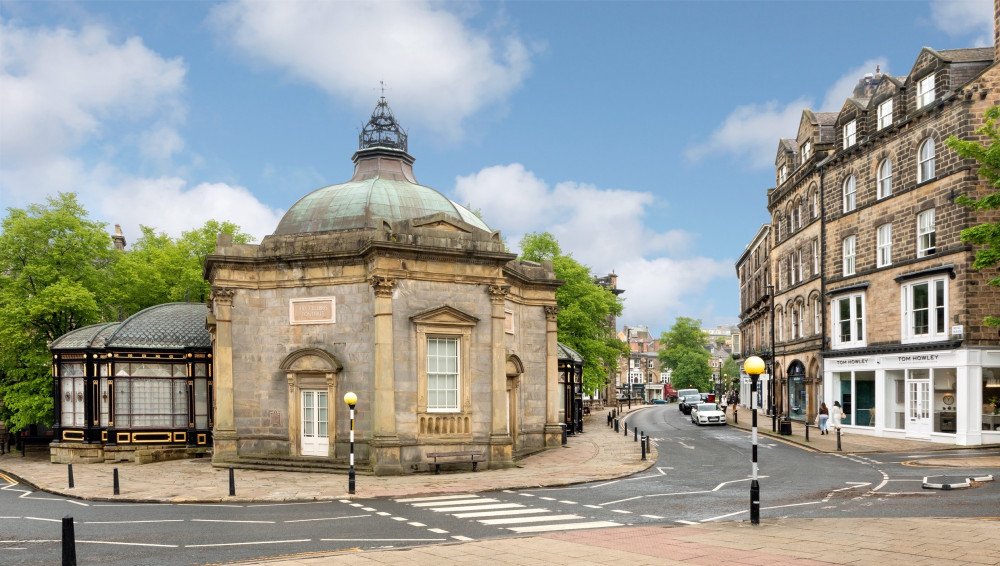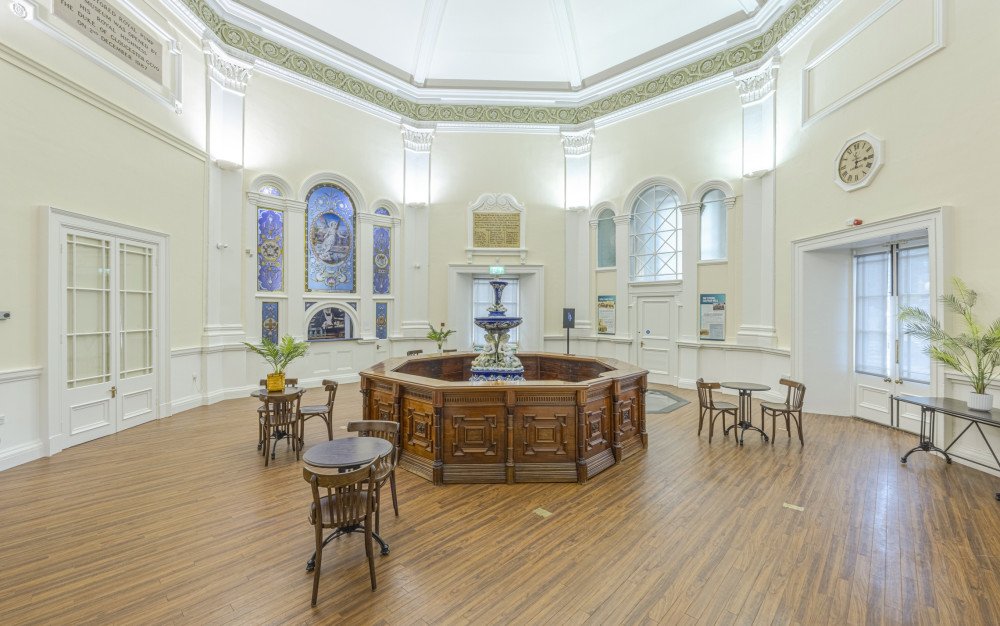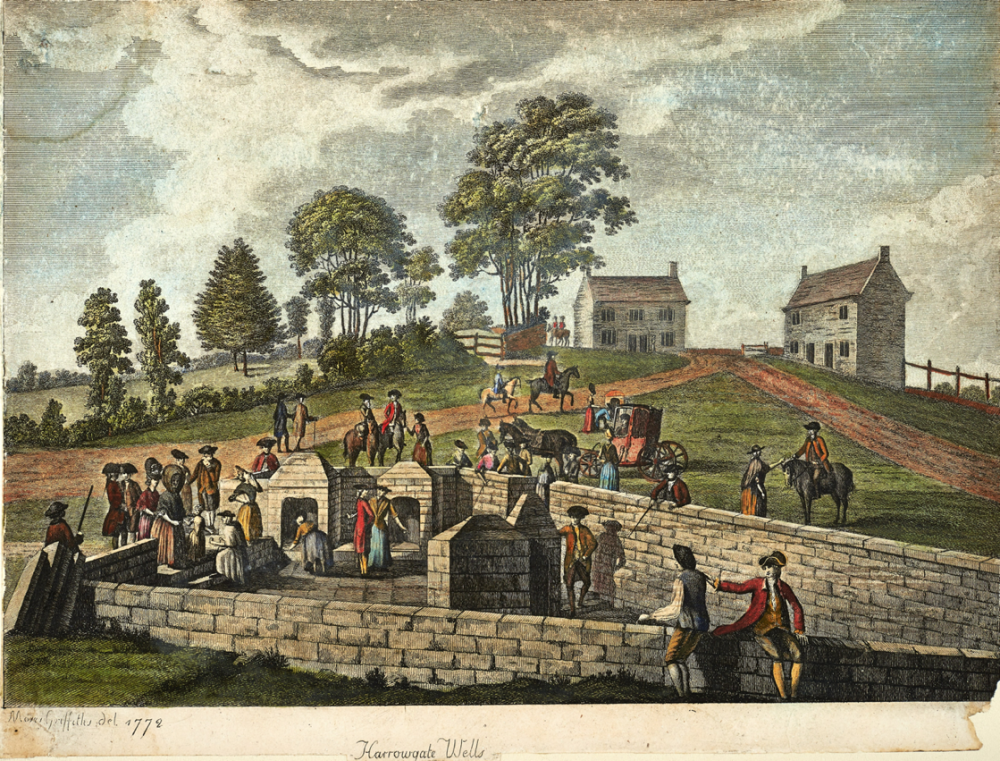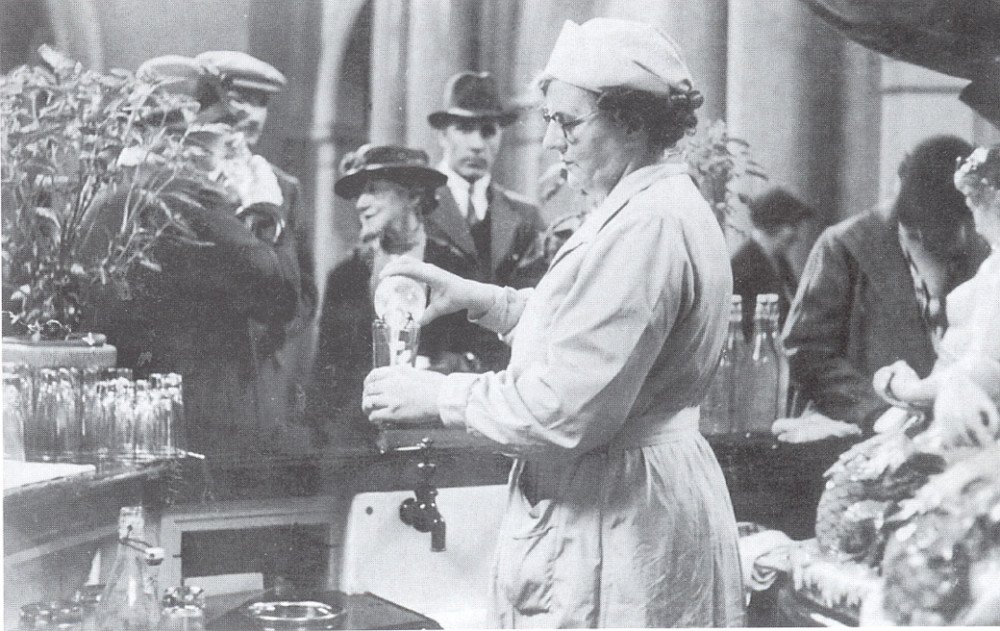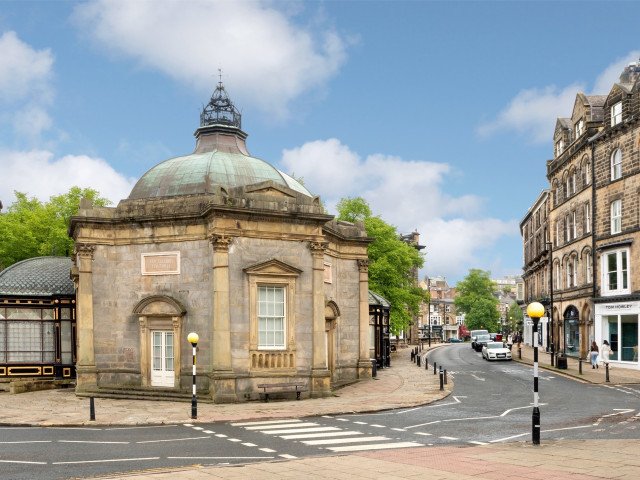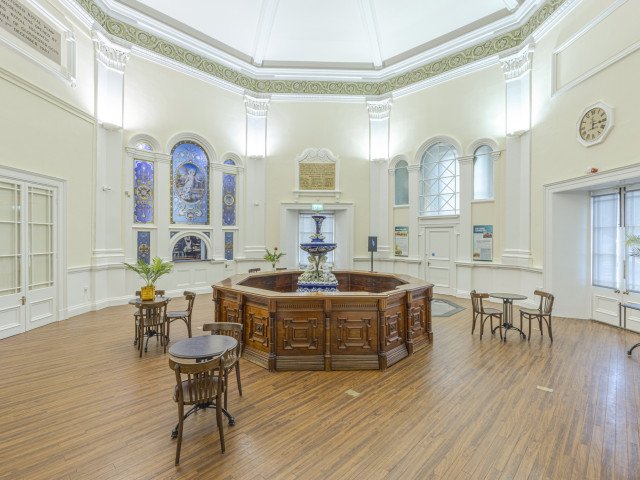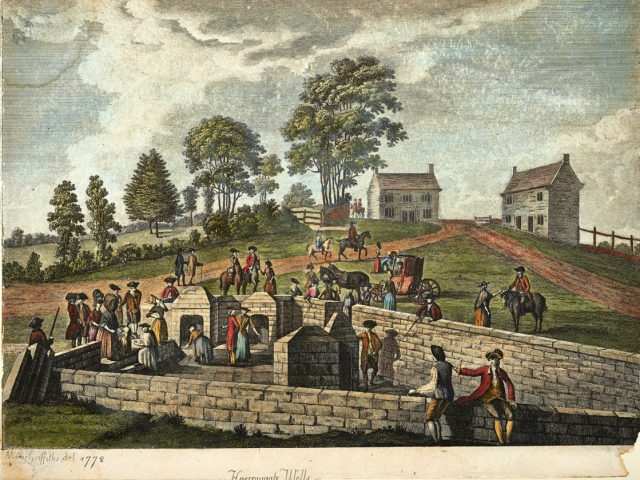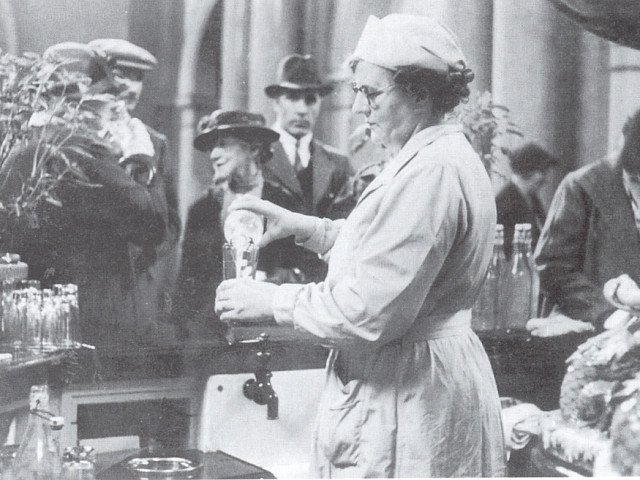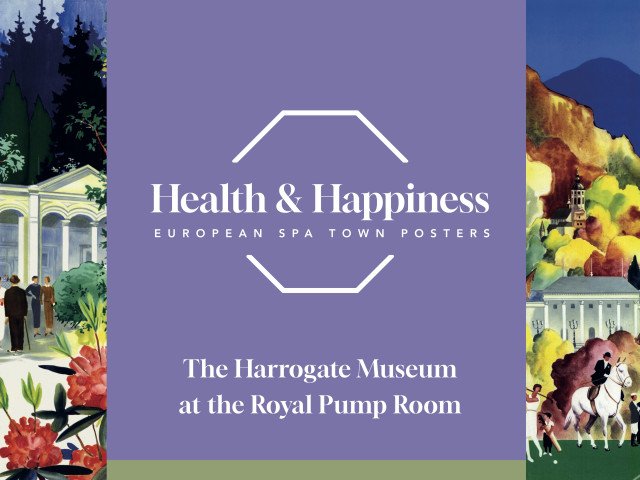Housed in the historic Royal Pump Rooms, the museum tells how Harrogate became one of Britain’s leading SPA towns. Since 1571 the SPA developed to offer its huge variety of waters, the latest in health treatments and a lively social scene. Harrogate grew into an elegant destination, boasting fine examples of SPA architecture to attract wealthy and aristocratic visitors who came to bathe and drink the mineral waters, including the strongest sulphur water in Europe.
The museum reveals how Harrogate’s spa story began in 1571, when local gentleman William Slingsby recognised that the spring waters on boggy land near the small settlement of High Harrogate had healthful properties similar to the waters of Spa in Belgium. Over the centuries that followed this revelation, there was an entrepreneurial drive to develop the spa, offering the latest treatments and a lively social scene with pump rooms, grand hotels, assembly rooms, shops and theatres.
Harrogate’s mineral waters rise through ancient rock layers to emerge as springs. There is an astonishing variety, with over different springs concentrated within two square miles of the Pump Room and no two are exactly alike. The whole development of Harrogate SPA was underpinned by the belief that these diverse mineral waters had special healing powers. The museum describes how activities such as bathing and drinking mineral waters, along with prescribed exercise routines and special diets, were alleged to cure or alleviate a host of conditions from skin diseases and parasites to rheumatoid arthritis and digestive disorders. Through narrative panels and video screens, the museum traces how Harrogate’s status grew until it was competing with other European SPA resorts for the lucrative patronage of wealthy and aristocratic visitors.
Today, museum visitors can see the original 1842 octagonal pump room designed by architect Isaac Shutt to house Harrogate’s famous sulphur well ‘the Stinking Spaw’. A glazed floor area gives a glimpse of the original C18th wells, now in the basement of the building. Visitors flocked here to drink a variety of mineral waters as part of an elaborate daily routine. In August 1898, for example, 31.546 glasses of water were served. In 1901, during a single August morning, 1.800 visitors took the waters between 7.00am and 9.00am. Crowding at the Royal Pump Room was so problematic that it was decided to build an elegant iron and glass annexe which was opened in 1913. Today this annexe contains exhibits related to the growth of the spa town and equipment used for water therapies.

